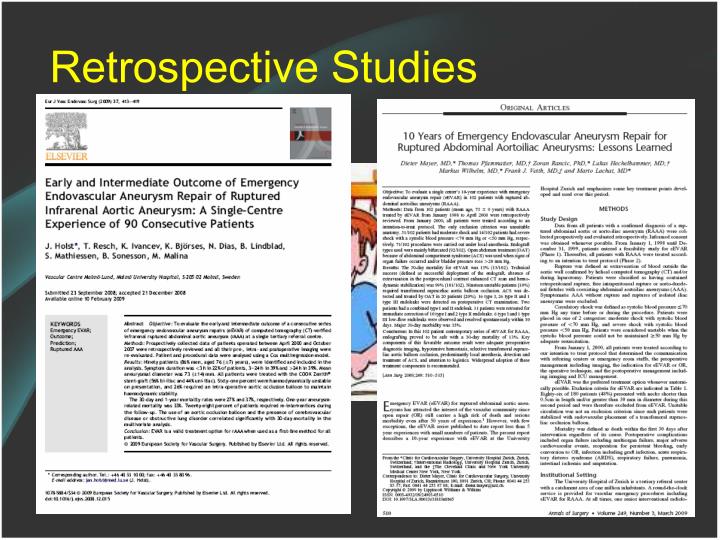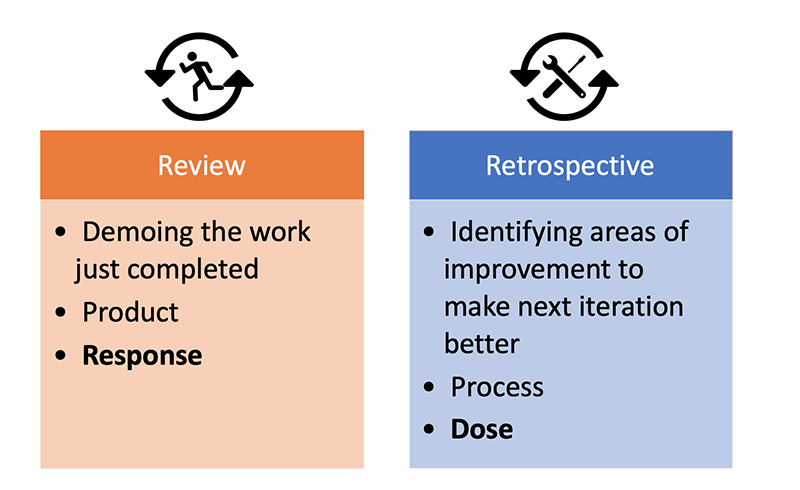
So was the string of femoral line complications attributable to randomness, and this center was just unlucky, or did they uncover a fundamental issue with the technique that would be applicable to all centers? In such a single-center retrospective study there is no way of knowing. This could trigger a more detailed review, as happened in this case. A string of complications would attract attention. Complications in pediatric anesthesia are generally rare and usually examined carefully in morbidity meetings or some form of quality process.

Some centers will have more of one type of complication simply owing to chance. If complications are multifactorial, which they often are, we would expect the number of complications to vary randomly across hospitals. These data are valid, but are they generalizable? Let’s assume a bunch of hospitals are similar in terms of patient load and anesthesia work practice. Why did the authors do the study? In the introduction they indicate that they did the study “based on clinical observational of several complications related to femoral lines.” In other words, they suspected there was a problem, so they went back and systematically examined the data and sure enough, they found a high complication rate in femoral lines when compared with radial lines.

The other limitation of retrospective studies is more subtle and particularly applies to rare events, such as complications. The true rate of complications was probably higher than that described in the article. Although positive cases can usually be verified by closer inspection of the record, such retrospective studies almost inevitably miss some cases. Retrospective studies rely on accurate data entry and coding. The other limitations relate to the retrospective nature of the study. This may limit generalizability of their data. At this center there was an unusually high rate of femoral cannulation, which may reflect their high cardiac surgery case load and their preference for femoral cannulation in this particular patient population. Hospitals tend to follow particular practice patterns. The first limitation is that it is single center. There are, however, some interesting limitations. These data are perhaps not surprising, because complications after femoral artery cannulation have been described before in several small studies where the artery had been cannulated for a variety of reasons.

It might also be inferred that femoral cannulation has a small but relatively high risk of complication, especially in younger children. The data would imply that radial cannulation is a relatively safe procedure in children.


 0 kommentar(er)
0 kommentar(er)
